Rattlesnakes are the ultimate symbol of the American wilderness—stealthy, powerful, and unmistakably deadly. Found in deserts, forests, and even suburban backyards, these venomous vipers are widespread across the U.S., though some states are far more rattlesnake-prone than others. Whether you’re hiking, camping, or just curious, here are the states where rattlesnakes reign supreme.
1. Arizona
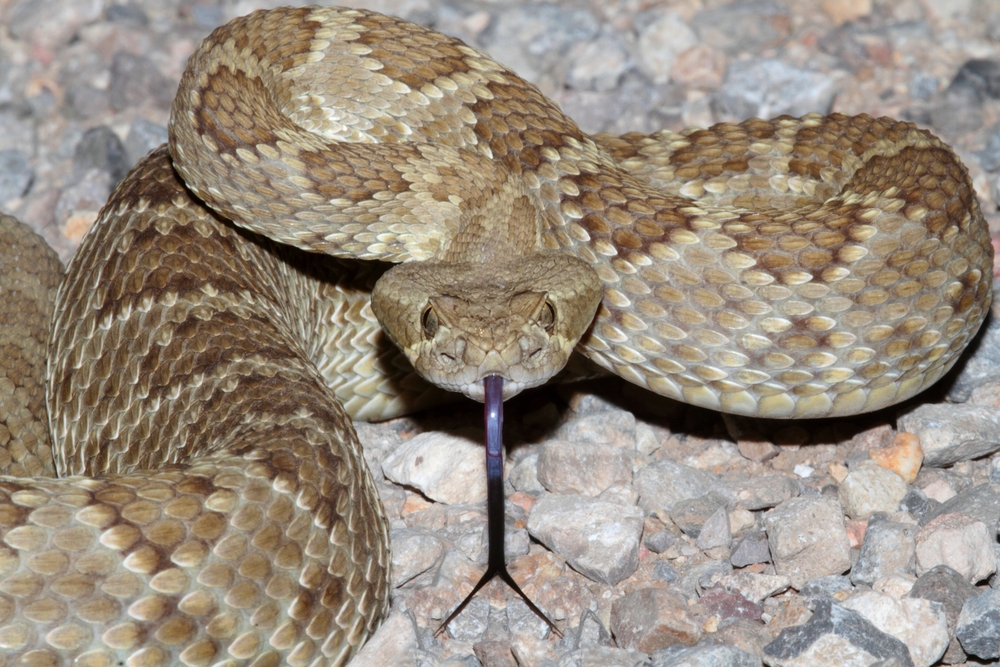
Arizona isn’t just the Grand Canyon State—it’s also the rattlesnake capital of the country. Home to 13 species, including the Western diamondback and the Mojave rattlesnake, this state is teeming with these venomous creatures. From the arid deserts to rocky mountain ranges, Arizona’s diverse terrain is a rattlesnake paradise, and hikers are wise to keep their eyes peeled on the trail.
2. Texas
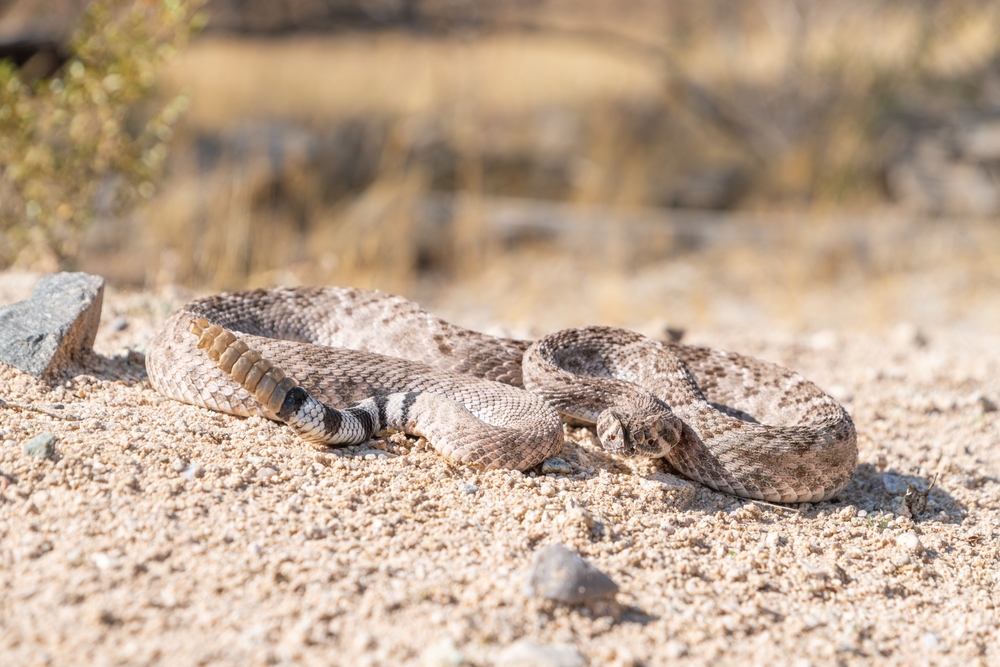
Everything’s bigger in Texas, including its rattlesnake population. The Lone Star State is home to an impressive variety, from the massive Western diamondback to the smaller pygmy rattlesnake. Rattlesnake sightings are common in rural areas, but they’ve also been known to wander into suburban neighborhoods. Rattlesnake roundups are even a cultural phenomenon here, showcasing just how deeply embedded these reptiles are in Texas life.
3. California
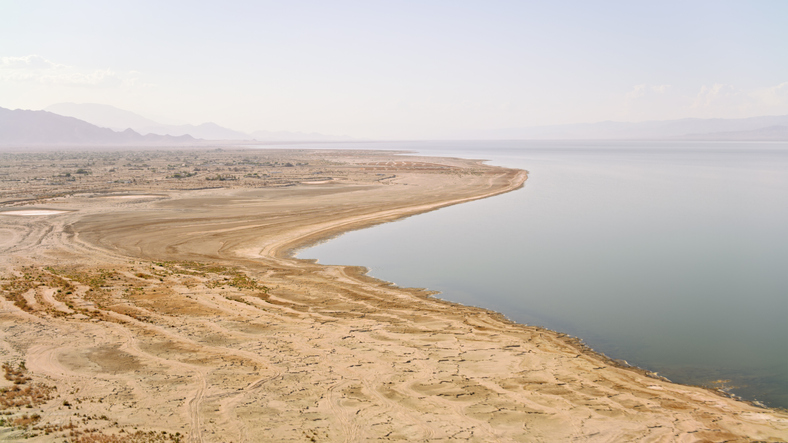
California isn’t just beaches and Hollywood—it’s also a rattlesnake hotspot. Six species call the Golden State home, including the highly venomous Southern Pacific rattlesnake. Whether you’re hiking in the Sierra Nevada or exploring the deserts of Southern California, rattlesnakes are a constant presence. They’re especially active during warmer months, so outdoor enthusiasts should tread carefully.
4. Nevada
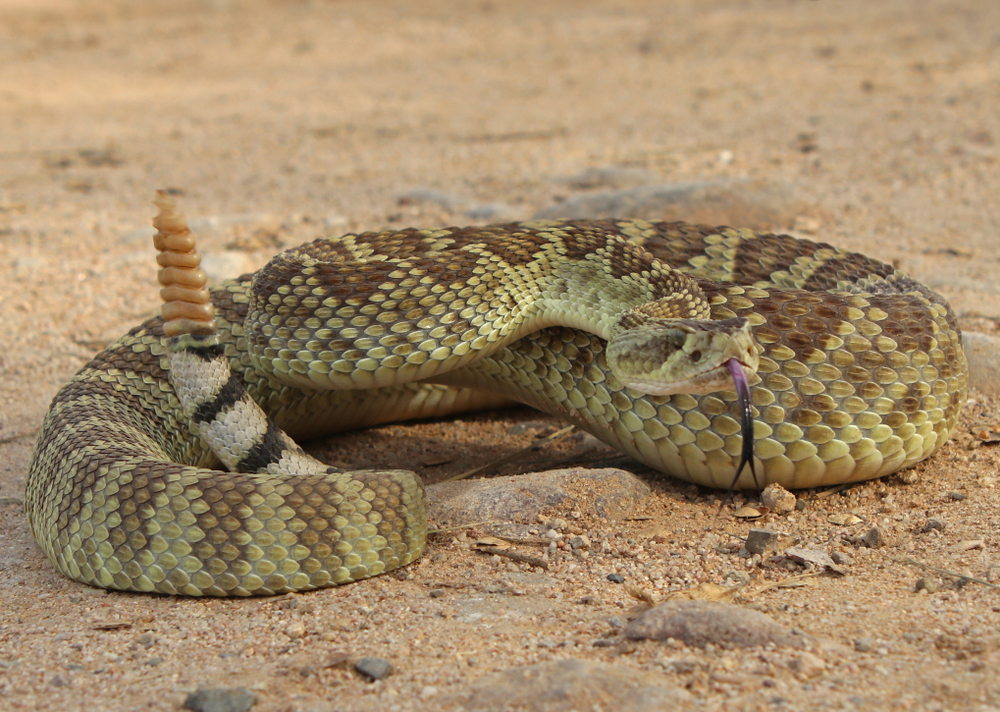
The rugged landscapes of Nevada, from its arid deserts to mountainous regions, make it prime rattlesnake territory. The Mojave rattlesnake, infamous for its potent venom, is a notable resident. Though the state’s vast, empty spaces mean you might not encounter one often, hikers and campers are wise to stay alert when exploring Nevada’s wild terrain.
5. New Mexico
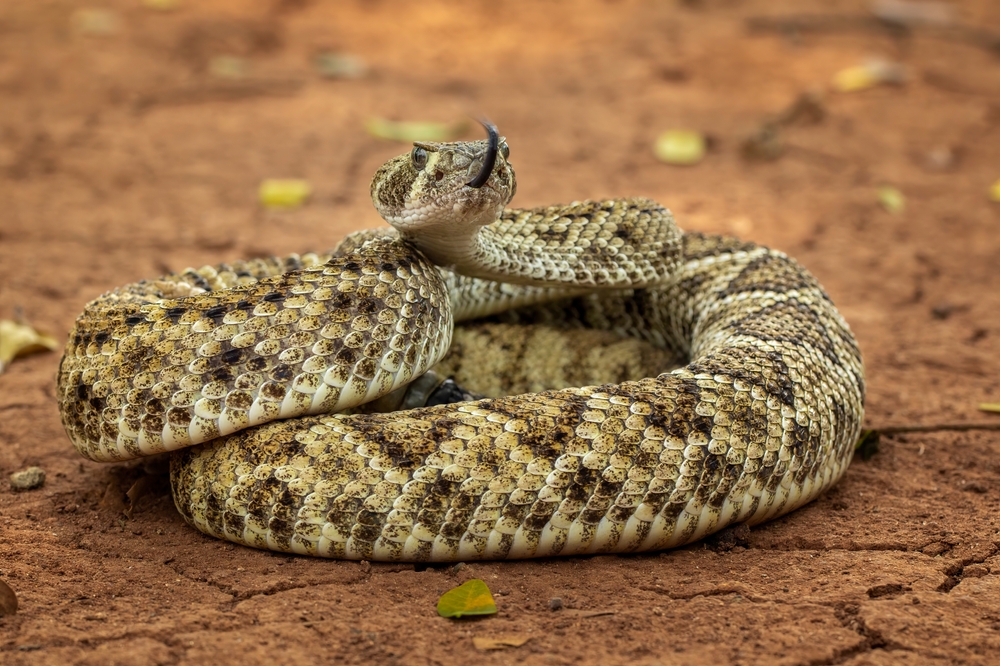
New Mexico’s dramatic landscapes are crawling with rattlesnakes, including the Western diamondback and the prairie rattlesnake. These venomous reptiles thrive in the state’s desert regions but can also be found in grasslands and rocky outcrops. Locals are accustomed to sharing their space with these creatures, making awareness and caution second nature for outdoor enthusiasts.
6. Florida
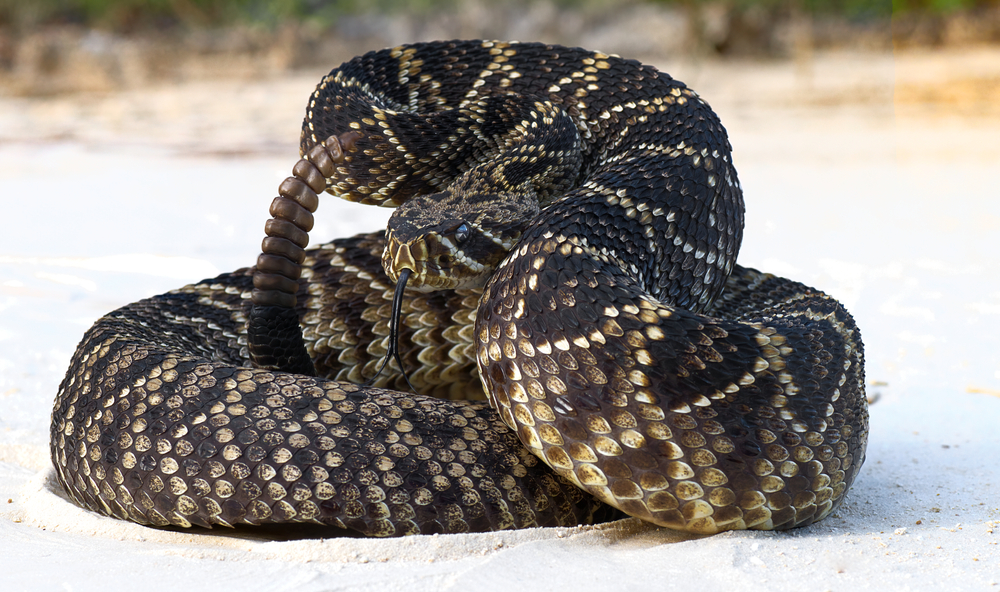
Florida might be famous for its gators, but its rattlesnakes are not to be overlooked. Three species, including the Eastern diamondback—the largest rattlesnake species in the world—make their home here. Found in swamps, pine forests, and even suburban areas, Florida’s rattlesnakes are as much a part of its ecosystem as its palm trees.
7. Colorado
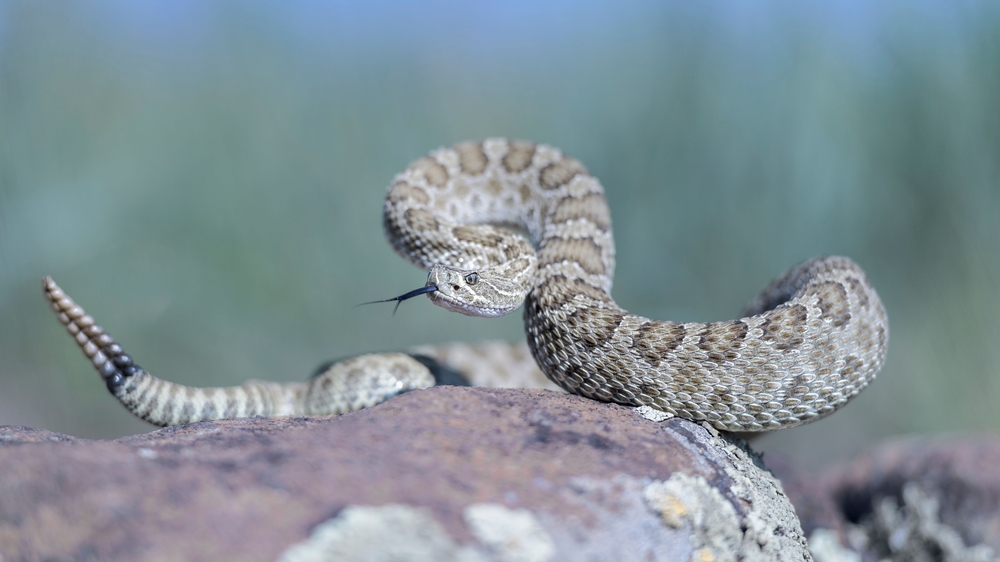
Colorado’s mountainous beauty isn’t without its dangers, and rattlesnakes are one of them. The prairie rattlesnake is the most common species here, often found in grasslands, foothills, and even hiking trails near Denver. While not as venomous as other species, their bites can still cause serious harm, so hikers should always stay vigilant.
8. Oklahoma

Oklahoma is home to several rattlesnake species, including the timber and prairie rattlesnakes. These snakes thrive in the state’s varied landscapes, from grasslands to wooded areas. Locals are so accustomed to their presence that rattlesnake festivals and roundups are popular events, blending fascination with cautious respect for these slithery predators.
9. Utah
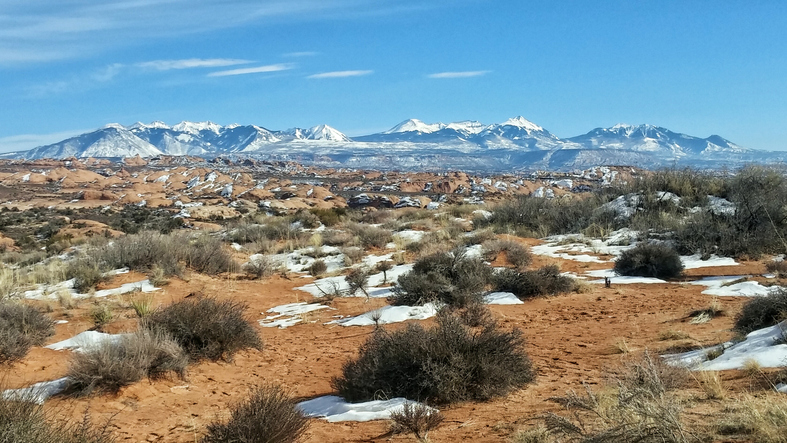
Utah’s breathtaking deserts and canyons come with a side of rattlesnakes. The state’s most common species, the Great Basin rattlesnake, is often found basking on rocky trails. With their excellent camouflage, these snakes can be hard to spot, making them a hidden hazard for outdoor adventurers exploring Utah’s iconic landscapes like Zion or Arches National Park.
10. Arizona’s Neighbor: New Mexico
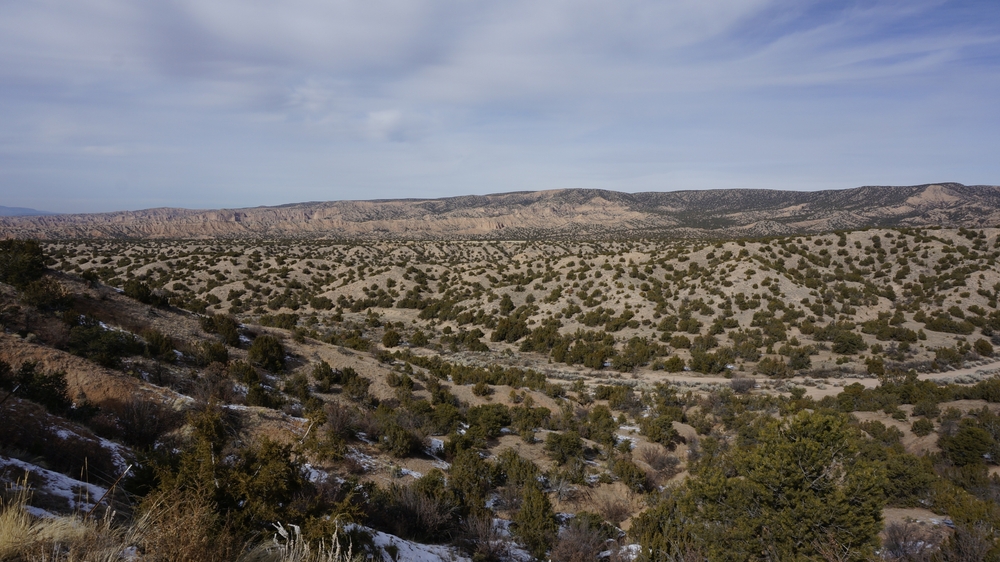
Sharing a similar terrain with Arizona, New Mexico is another state where rattlesnakes thrive. Species like the Mojave and Western diamondback are frequent residents, and their presence is a reminder to tread lightly in desert habitats. Locals often adapt to their slithering neighbors, respecting their role in the ecosystem while taking precautions to avoid encounters.
11. Georgia

Georgia’s forests and wetlands are home to three rattlesnake species, including the intimidating Eastern diamondback. These snakes often hide in pine forests or grassy areas, making them a potential threat to hikers and hunters. Though encounters are rare, Georgians know the value of staying alert in snake territory.
12. South Carolina
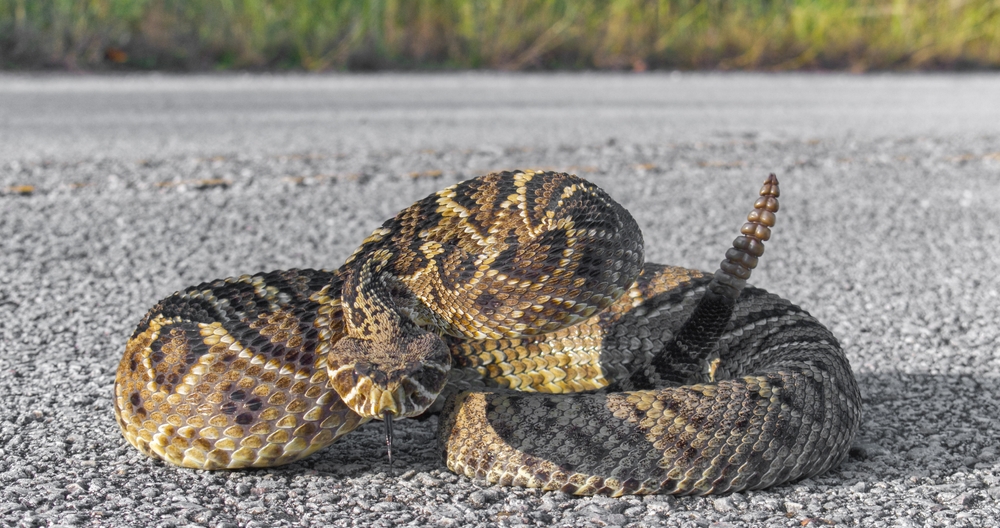
South Carolina’s warm climate is ideal for rattlesnakes, including the timber and Eastern diamondback varieties. These snakes are most active in the state’s coastal plains and forested areas. While they tend to avoid humans, their presence in popular outdoor destinations means caution is always a good idea.
13. Missouri
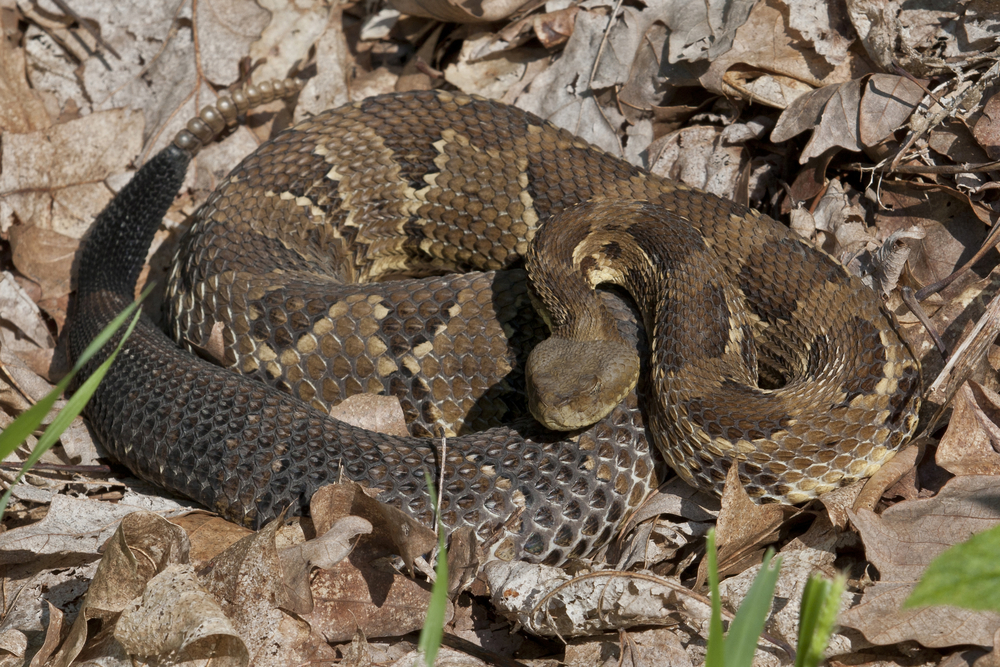
Missouri is home to the timber rattlesnake, which is most often found in wooded areas and rocky outcrops. These snakes are shy but venomous, posing a risk to those who accidentally wander too close. With the state’s emphasis on outdoor recreation, awareness of rattlesnake habitats is essential for anyone venturing into Missouri’s wilderness.
14. Arkansas

Rattlesnakes are a fact of life in Arkansas, where the timber and Western pygmy rattlesnakes are common. Found in forests, rocky hillsides, and even along waterways, these snakes are well-adapted to the state’s varied terrain. While they usually avoid humans, accidental encounters can happen, making vigilance key for outdoor enthusiasts.
